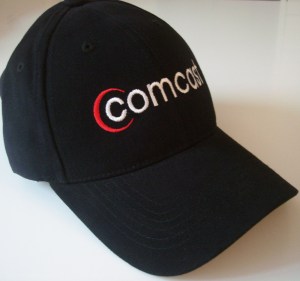 Cory Doctorow recently wrote an interesting blog about binding arbitration. In recent years, binding arbitration has become common and is routinely used by companies to stop unhappy customers from suing them.
Cory Doctorow recently wrote an interesting blog about binding arbitration. In recent years, binding arbitration has become common and is routinely used by companies to stop unhappy customers from suing them.
Binding arbitration seems like a sensible path to choose between two companies doing business. I’ve assisted in several binding arbitration complaints between carriers, and it’s faster, more efficient, and less costly for companies than wading into the court system.
But corporations have gone overboard and now routinely include a binding arbitration clause in non-negotiable agreements with customers. I don’t know anybody who thinks they have any choice when required to sign an online Term of Service. It’s hard to call these documents a contract because they are not negotiable – we either sign the online agreement, or we can’t use the online service.
The main purpose of binding arbitration in these kinds of one-sided agreements is to eliminate class-action lawsuits. Corporations know that customers are not going to take them to court over a small claim, but they fear large groups of customers acting together in a class-action lawsuit. In most cases, a customer ‘signing’ an online Terms of Service gives up their rights to take part in class-action suits. The arbitration clause generally makes it clear that arbitration is the only way to settle disputes.
Doctorow’s blog talks about how the use of mandatory arbitration has started to boomerang on big companies. Over 100,000 unhappy customers have asked for arbitration with Intuit. The company has been running a bait-and-switch free tax form service that never worked but which instead led people to expensive tax solutions. Intuit offered $40 million to customers to settle the issue, but Judge Charles Breyer of the U.S. District Court for the Northern District of California told Intuit that it had to stick with arbitration since that was the only solution offered to customers. This means Intuit must foot the bill for the individual arbitration complaints – a process that could cost it over $175 million.
Reading this blog sent me to look at the big ISPs in our industry. Sure enough, every big ISP I looked at had binding arbitration in its customer Terms of Service. A few had an interesting twist. AT&T says that binding arbitration must be used to settle all disputes other than bodily injury or death. Comcast gives customers 30 days to opt out of binding arbitration by writing a letter to its corporate attorneys in Philadelphia. But all of the big ISPs are obviously worried about big class-action lawsuits.
I wonder how many smaller ISPs require binding arbitration. It’s something I’ve never recommended to my clients because I think one of the things that distinguish small ISPs from the big guys is a willingness to make things work. A binding arbitration clause says to customers, “Talk to my lawyers and not to me”. A small ISP is doing something wrong if a dispute with a customer ends up in an arbitration dispute or in a court.
If your Terms of Service require arbitration, you ought to reconsider. I can’t think of a single reason why a small ISP should hide behind a legal trick instead of talking to customers when there is a problem.







